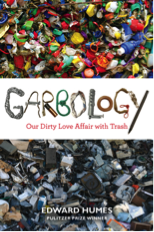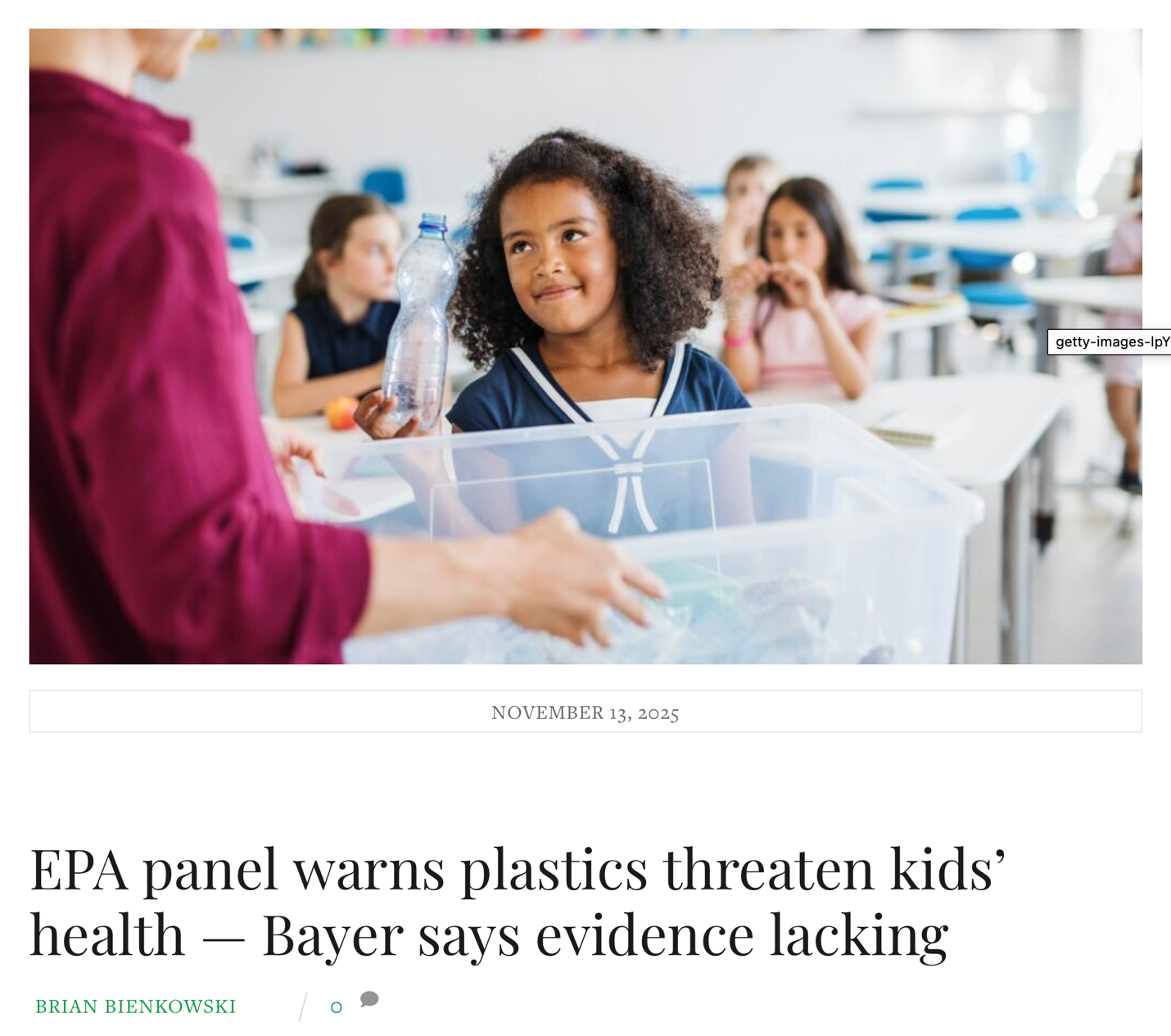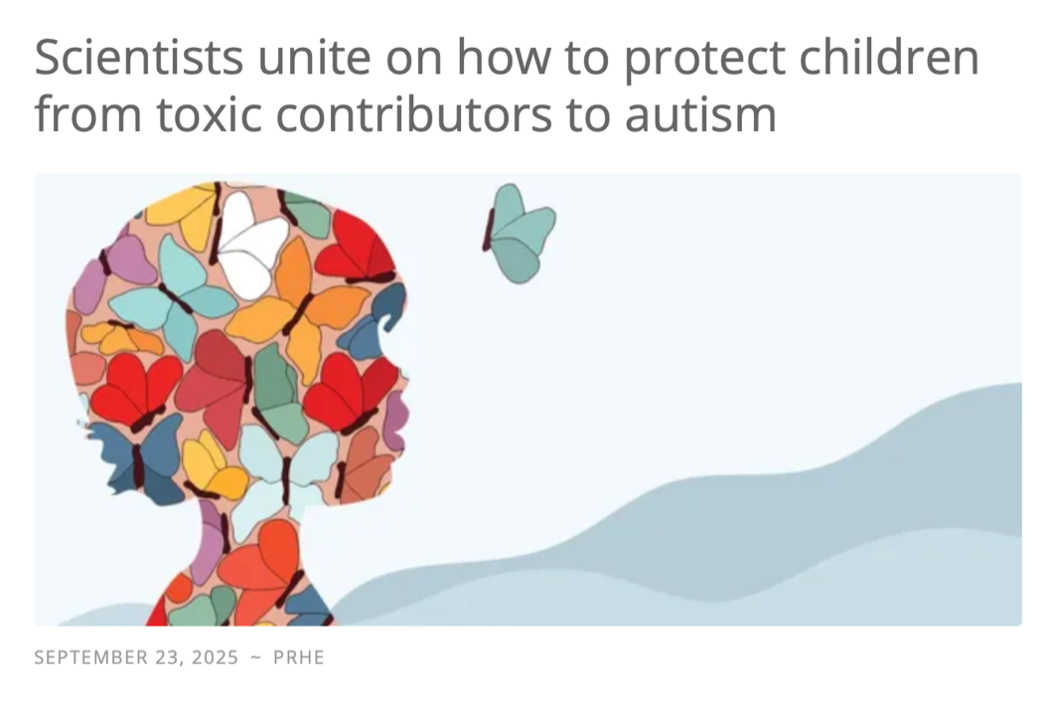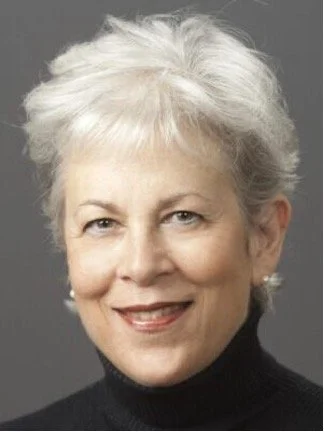If you're like me, you have a little more time to read over the holidays. If so, I hope you will consider one of these.

Garbology: Our Dirty Love Affair with Trash
By Edward Humes. Avery Trade, 2013.
Humes sets out to document an unusual subject – the garbage we produce in the U.S. First a surprising fact or two: every American, on average, will produce 102 tons of trash in his or her lifetime, a figure much higher than what the EPA had previously estimated. This trash does not go away. Instead, it is built into trash mountains and buried, leaches out of landfills into groundwater, and accumulates in ocean garbage patches, the largest, in the Pacific, the size of two Texases. This book is more memorable, stunning, and oddly moving than is describable in a short review, but these bits stand out: the artists who every year work at the San Francisco dump to craft thrown-out detritus into one-of-a-kind artworks, the Chinese entrepreneur who has made a fortune out of our waste paper, the family that has managed to reduce yearly trash accumulations to one mason jar’s worth, the archeologists for whom trash is the revelatory subject matter of our civilization. After reading this book, which begins with a description of people literally buried in garbage, I peaked into the world of hoarders, documented in the voyeuristic reality shows with “hoarders” in the titles, and I agree with Humes: what is notable is not their dysfunction, but our society’s. They see what we do not, that we are throwing away massive amounts of perfectly good things. They are our species’ natural aversion to waste incarnate, trapped in a society that wastes everything. As Humes says, “there’s a reason for [society’s] blind spot: namely, the amount of junk, trash and waste that hoarders generate is perfectly, horrifyingly normal. It’s just that most of us hoard it in landfills instead of living rooms, so we never see the truly epic quantities of stuff that we all discard” (4). This is the book I am most convinced anyone would like among the most recent choices; it’s entertaining, informative, and thought-provoking.
Full Body Burden: Growing Up in the Nuclear Shadow of Rocky Flats
By Kristen Iverson. Broadway Paperbacks, 2012.
Iverson’s book is a very close second to Garbology, and perhaps the more substantial contribution, though bound to be less popular because more upsetting. It’s gorgeously written, composed over years and spanning both the history of Rocky Flats and the biography of Kristen Iversen, who as the name implies, was a close neighbor to the most toxic nuclear weapons plant in the country. This book hits hard, and it’s sometimes difficult to decide which is more brutal: the physical and emotional suffering engendered by the contamination or the heartless cover-up and silencing by our government and the participating corporations.
This book is a page-turner. I felt glued to the couch, neglecting other pressing duties as they called to me, because I couldn’t stop reading another section. It’s hard to put down haunting accounts of children playing in the dust and muck we as readers know is laden with plutonium, of children and adults stricken by cancer, of residents sometimes anxious and sometimes flippant about the supposedly secret facility down the road. Iverson makes an extended analogy between the silence surrounding her father’s alcoholism and the silence surrounding the Rocky Flats plant and the series of fires and accidents that catastrophically contaminate the community. In speaking about her own extended illnesses and that of her siblings, she says this: “And it’s still there, the lingering feeling that this chapter wasn’t supposed to be part of my story, or my family’s story, or anyone’s story. Governments aren’t supposed to poison their own people” (301).
Most of all, this book is important, one that every citizen should read. We would all like to trust our elected officials, our neighbors, the corporations that sell us things. But often that trust is not earned and betrays us by tranquilizing our normal caution and common sense. It’s unbelievable that we tolerated the contamination at Rocky Flats, just as it’s unbelievable that we currently tolerate the destruction of ecosystems, the ocean, and the climate system – and the contamination of every single person now alive. It would be easy to think that most of us are protected from the “full body burden” of the title, since most of us don’t live close to nuclear production facilities, but we are all affected by the body burden of our chemical legacy, as documented in the CDC Biomonitoring Program and the research of the Environmental Working Group. Iversen’s book follows in a long line of books urging ordinary citizens to break the silence of complacency, a line headed by Rachel Carson and extended forward by Sandra Steingraber and many others.
More reviews to follow -- happy reading!













